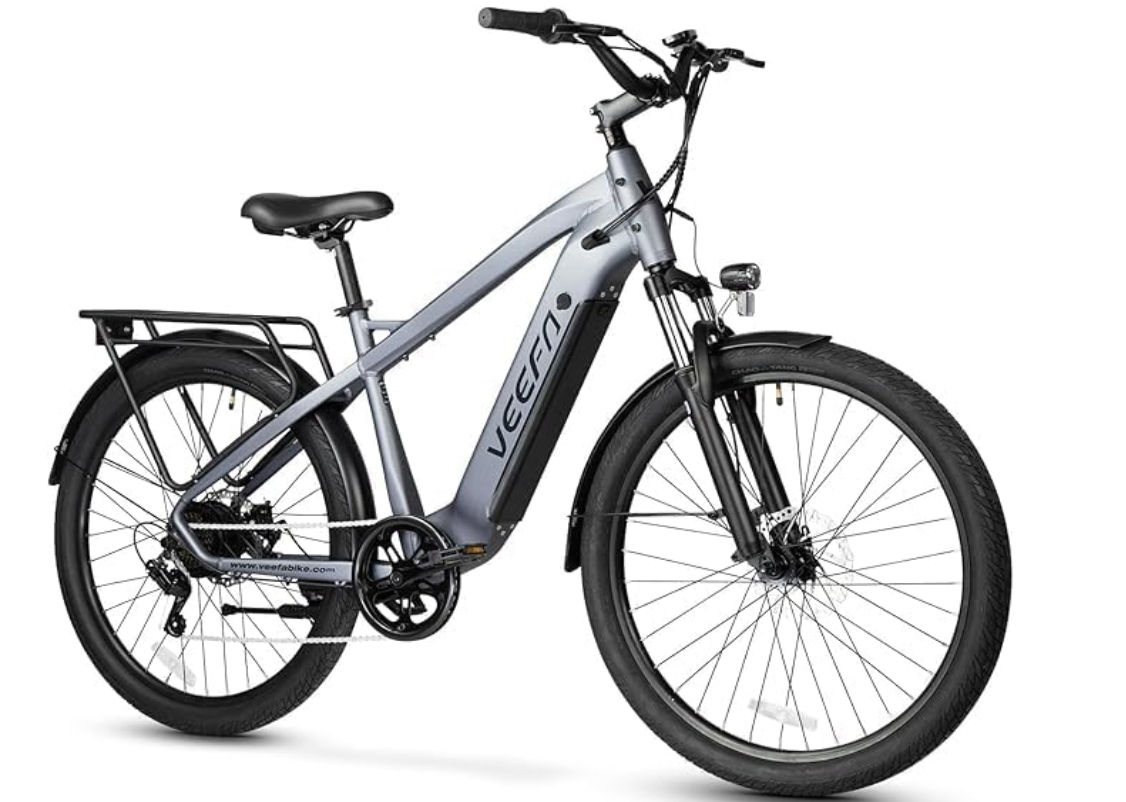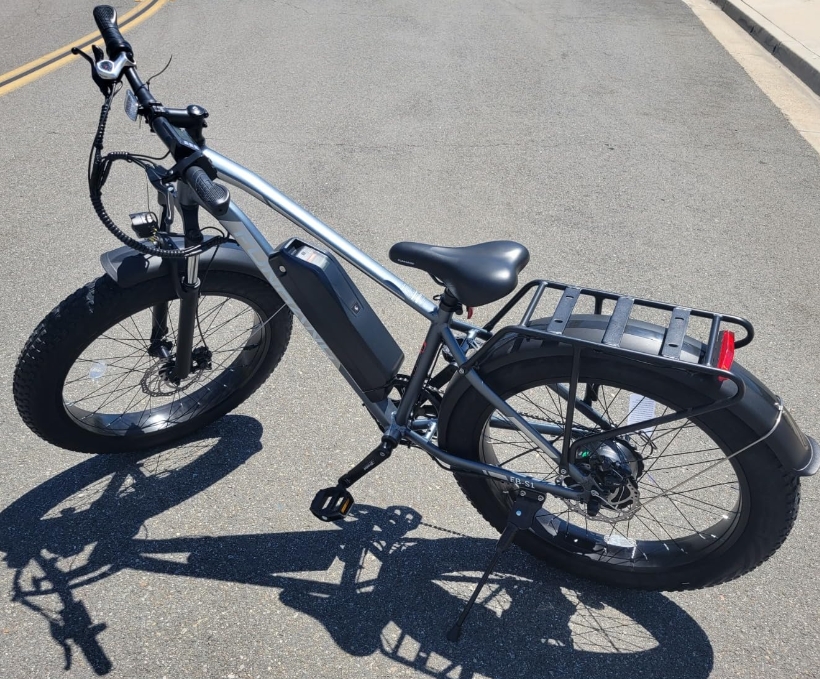How are the international trade and tariff issues for e-bikes?
We all know that as a type of new energy transportation tool, E-bikes have attracted widespread attention globally in recent years. They represent not only a transformation in the way we travel but also the embodiment of the concept of green travel.

Current Status of the E-bike Market
Firstly, let’s look at the market perspective. The demand for E-bikes is growing rapidly worldwide. In 2022, China’s export volume of complete E-bike vehicles reached 9.9613 million units, a year-on-year increase of 121%, which sufficiently illustrates their popularity in the global market. Especially in the European and American markets, the penetration rate of E-bikes has been increasing year by year. For instance, the penetration rate of E-bikes in the European market is about 20%, while the American market is around 4%. It is expected that by 2025, the penetration rate in the North American market will likely exceed 20%, and the European market is expected to increase from 20% to 50%, with a compound annual growth rate of over 20%.
International Trade and Supply Chain Challenges
However, international trade of E-bikes is not without its challenges. Supply chain shortages and rising sea freight costs are the main issues currently faced. The shortage of key components such as batteries, motors, and gearboxes, coupled with the uncertainty of transportation times, has made it quite difficult for brands to deliver products smoothly. In addition, the global awakening of environmental awareness and government attention to carbon emissions have also intensified competition in the E-bike industry. Various players have flocked to the market, including technology companies like Xiaomi and DJI, as well as traditional bicycle giants.
Tariff Issues and Their Impact
When it comes to tariffs, they are undoubtedly an important factor affecting international trade of E-bikes. Recently, the European Commission announced preliminary conclusions of the anti-subsidy investigation on Chinese electric vehicles, proposing to impose a special anti-subsidy tariff of 17.4% to 38.1% on electric vehicles exported from China to the EU with nine seats or less, starting from July 4th. This will undoubtedly increase the cost of Chinese E-bikes in the European market and affect their competitiveness. At the same time, the United States has also announced an additional 100% tariff on Chinese electric vehicles, which will further restrict the development of Chinese E-bikes in the American market.
Response Strategies and Future Prospects
Faced with these challenges, Chinese E-bike companies need to adopt various strategies. First and foremost, enhancing product strength is key. Comfort while riding, range, vehicle stability, and safety are the most important indicators for consumers. Secondly, supply chain management is also crucial. An efficient supply chain system and stable production capacity are the foundations for ensuring product quality and delivery time. In addition, localized production and sales are also effective means to cope with high tariffs. For example, BYD has built an electric vehicle production base in Hungary, becoming the first Chinese-funded brand with passenger car production capacity within the EU.
Finally, I would like to say that despite facing many challenges, the E-bike industry still has tremendous development potential. With continuous technological advancements and market expansion, I believe that Chinese E-bike companies will be able to make great strides in the international market and win the favor of more consumers.




Post Comment